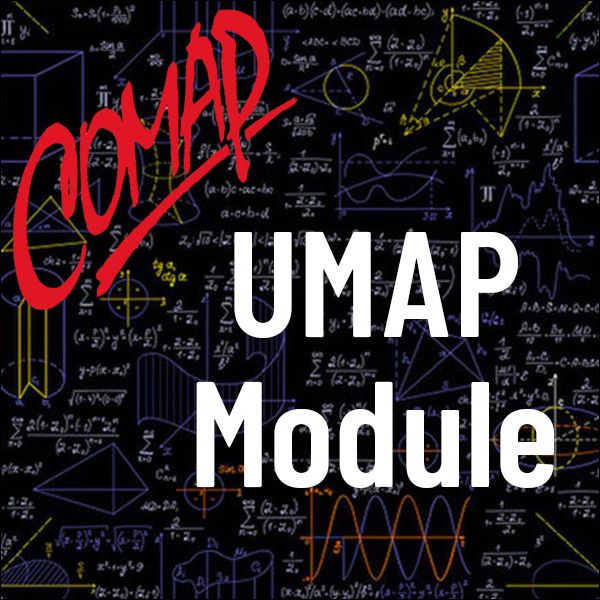A Linear Programming Model for Scheduling Prison Guards (UMAP)
Author: James M. Maynard
A work-scheduling model for corrections officers at state correctional institutions is described. This model can eliminate excessive overtime work by the present work force, and can indicate the optimal size of work force that should be employed to minimize total labor costs while meeting specified work-force requirements. Students construct similar work-scheduling models, and modify the model to fit different conditions. The model is a general one, and might equally well be applied to scheduling nurses and doctors at large hospitals, security guards at industrial plants, and so on.
Table of Contents:
1. HISTORY OF THE PROBLEM
1.1 Introduction
1.2 Overtime Costs
1.3 Beginning the Study for a Better Scheduling Procedure
2. GENERAL DISCUSSION OF THE WORK-SCHEDULING MODEL
2.1 Assumptions
2.2 Input Requirements of the Model and Resulting Output
2.3 Modifying the Model for a Fixed Work Force
2.4 Modifying the Model to Prevent Consecutive Work Periods
2.5 Overstaffing
3. MATHEMATICAL DESCRIPTION OF THE MODEL
3.1 Preliminary Comments
3.2 Notation
3.3 The Objective Function: Total Labor Cost
3.4 Constraints
3.5 Summary of the Mathematical Model
3.6 Solution Procedure
4. COMPARISON OF RESULTS FROM THE MODEL WITH PAST DATA FROM TWO PRISONS
4.1 Prison H
4.2 Prison G
4.3 Comments on the Model Results
5. CONCLUDING REMARKS
REFERENCES
FINAL EXAM
ACKNOWLEDGEMENTS

Mathematics Topics:
Application Areas:
Prerequisites:
You must have a Full Membership to download this resource.
If you're already a member, login here.